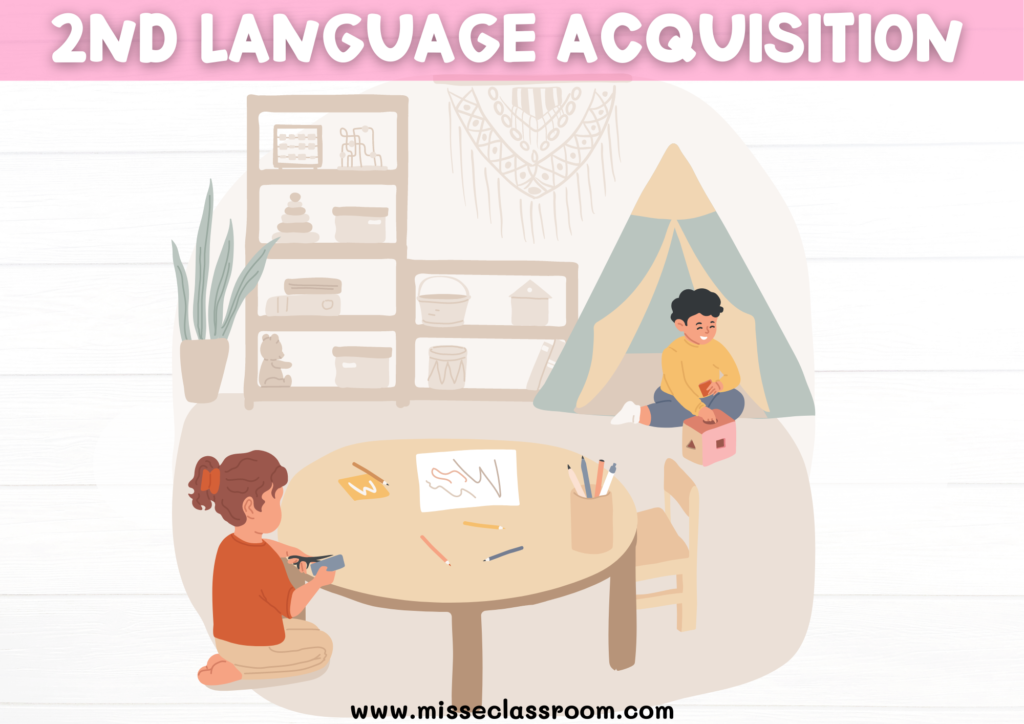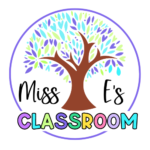Waldorf’s approach to teaching kids has taken the world by storm. If you haven’t heard of it yet, get ready to be blown away by how this innovative technique has revolutionized schools for our little ones since the early 20th century.
Imagine a world where language barriers are non-existent, where children effortlessly grasp new languages, and where cultural exchange becomes second nature. That’s the dream, and the Waldorf Method is making it a reality!
So, what exactly is the Waldorf Method?
Waldorf Education, also known as the Steiner Method, is an educational philosophy and pedagogical approach developed by Austrian philosopher and educator Rudolf Steiner in the early 20th century. It is based on the idea of educating the whole child – intellectually, emotionally, socially, and physically. The method emphasizes experiential learning, creativity, and the development of each child’s individuality and unique talents.
Waldorf schools follow a curriculum that is designed to align with the developmental stages of children and incorporate elements of arts, music, movement, and hands-on activities in addition to academic subjects. The Steiner Method has been influential not only in general education but also in language learning approaches for children.
How can it be influential in the way we teach second languages to kids?

1.- A Playful and Engaging Learning Experience
One of the most remarkable aspects of the Waldorf Method is how it places playfulness at the heart of language learning. Learning a new language can be daunting, especially for kids, but this view can turn it into an exciting adventure. By incorporating interactive games, songs, and engaging activities, kids don’t even realize they are learning; they’re just having fun! Picture your child laughing while learning new words through catchy tunes or role-playing different scenarios in the target language. The joy they experience during these activities builds positive associations with language learning, fostering a love for languages that lasts a lifetime.
2.-Immersion in Real-Life Situations
Stainer embraces the idea that language should be learned in its natural context. That’s why his method encourages immersive experiences, where children are exposed to real-life situations where a second language can be used naturally. Whether it’s through storytelling, conversations, or even field trips, kids get a taste of how the language is spoken and applied in daily life. This immersion approach taps into children’s innate curiosity, making them more receptive to learning. They pick up language organically, just as they did with their native tongue, without the pressure of memorizing rules and vocabulary lists.
3.-Building Confidence and Communication Skills
Language learning is not just about acquiring new words; it’s about building confidence to communicate effectively. Stainer focuses on developing a child’s speaking and listening skills from the very beginning. Kids are encouraged to express themselves freely, without fear of making mistakes. Through this supportive and non-judgmental environment, children become more self-assured in their language abilities. They learn to communicate with others, embracing different cultures and perspectives along the way. This idea can benefit us ELTs when teaching a second or foreign language.
4.- Personalized Learning for Each Child
Every child is unique, with their own strengths and challenges when it comes to language learning. In Waldorf, they acknowledge this fact and offer personalized learning experiences for each individual. Teachers and instructors adapt their approach to cater to the specific needs and learning styles of the children they work with. If we apply it, this tailored approach could not only maximize language acquisition but also instills a sense of value and respect for each child’s journey. When kids feel seen and supported in their language learning, they become more motivated to excel.
5.- Fostering Global Citizens
In today’s interconnected world, raising global citizens who appreciate cultural diversity is crucial. Waldorf goes beyond language proficiency; it instills an understanding and appreciation for different cultures, customs, and traditions. Kids develop a broader worldview through exposure to authentic materials, stories, and celebrations from various cultures. They learn to empathize and connect with people from different backgrounds, fostering a more inclusive and compassionate generation.
In conclusion...
The Waldorf Method has transformed the way we teach kids, and applying these concepts to second languages, it’ll make the process joyful, effective, and culturally enriching. By incorporating playfulness, immersion, personalized learning, and a focus on building communication skills, this approach empowers our little students to become confident, multilingual global citizens.
So, if you’re considering introducing a better approach to your second language teaching, why not give Stainer and Waldorf Method a try? With this innovative approach, the language learning journey will be an exciting adventure that will stay with them for a lifetime.


